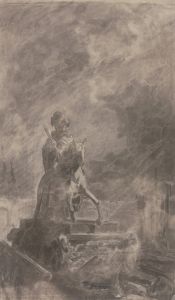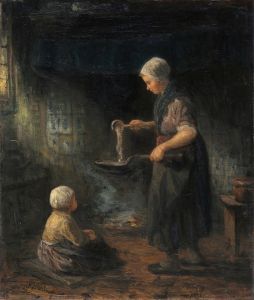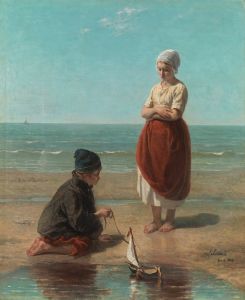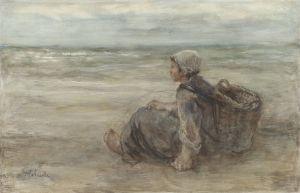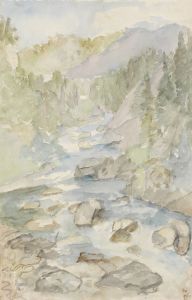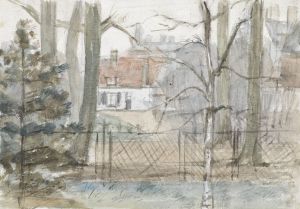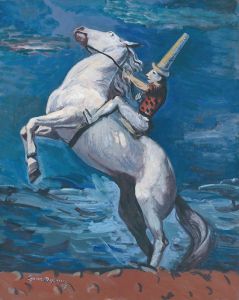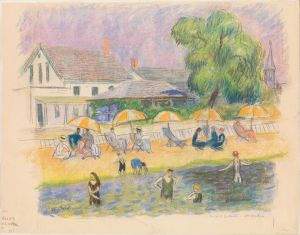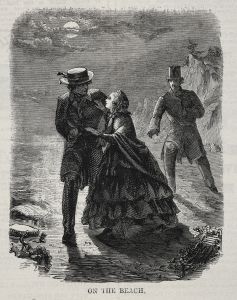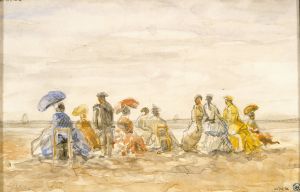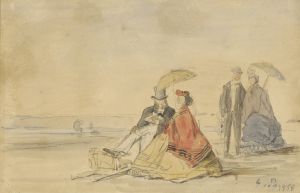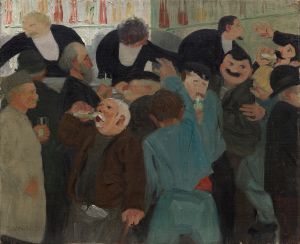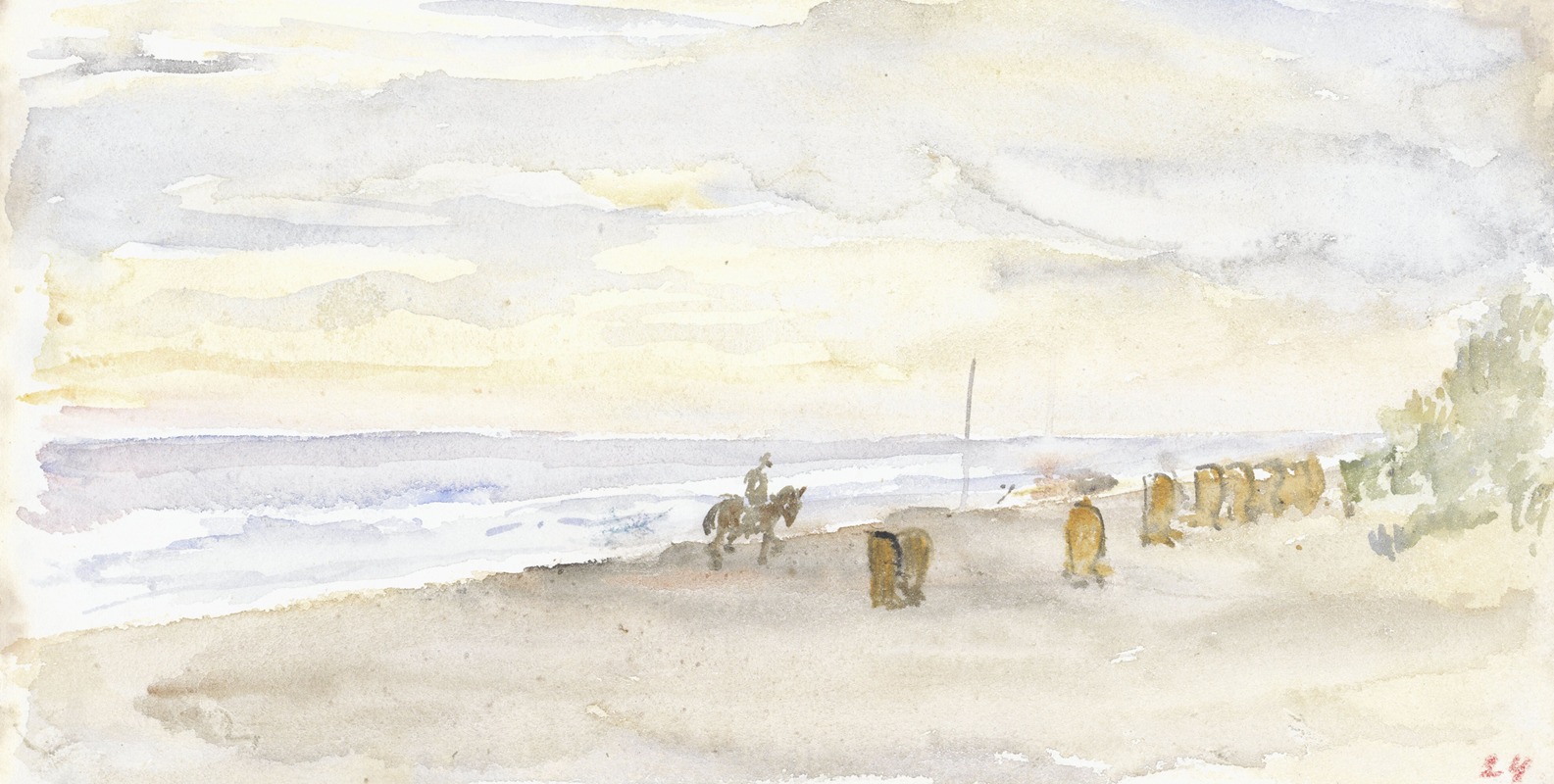
Strandgezicht met ruiter en badstoelen
A hand-painted replica of Jozef Israëls’s masterpiece Strandgezicht met ruiter en badstoelen, meticulously crafted by professional artists to capture the true essence of the original. Each piece is created with museum-quality canvas and rare mineral pigments, carefully painted by experienced artists with delicate brushstrokes and rich, layered colors to perfectly recreate the texture of the original artwork. Unlike machine-printed reproductions, this hand-painted version brings the painting to life, infused with the artist’s emotions and skill in every stroke. Whether for personal collection or home decoration, it instantly elevates the artistic atmosphere of any space.
Jozef Israëls, a prominent Dutch painter of the 19th century, is widely regarded as one of the leading figures of the Hague School, a group of artists known for their realistic and often somber depictions of rural and coastal life in the Netherlands. Among his many works, Strandgezicht met ruiter en badstoelen (translated as Beach Scene with Rider and Bathing Chairs) exemplifies his ability to capture the quiet beauty and atmosphere of everyday life.
This painting portrays a serene coastal scene, featuring a lone rider on horseback and a series of bathing chairs scattered along the beach. The composition reflects Israëls' characteristic focus on light, mood, and the interplay between human activity and the natural environment. The muted tones and soft brushstrokes evoke a sense of tranquility, while the presence of the rider and the bathing chairs suggests a moment of leisure or quiet contemplation by the sea.
Jozef Israëls was deeply influenced by the French Barbizon School, which emphasized painting en plein air and capturing the natural world with immediacy and authenticity. His works often depict fishermen, farmers, and other working-class individuals, highlighting their connection to the land and sea. While Strandgezicht met ruiter en badstoelen does not focus on labor or hardship, it still reflects his broader interest in the lives and surroundings of ordinary people.
The exact date of the painting is not definitively documented, but it is consistent with Israëls' mature style, which developed during the latter half of his career. By this time, he had gained significant recognition both in the Netherlands and internationally, earning comparisons to great masters such as Rembrandt for his use of light and emotional depth.
The bathing chairs depicted in the painting are a notable feature of 19th-century European seaside culture. These portable wooden structures, often mounted on wheels, were used to provide privacy for bathers as they changed and entered the water. Their inclusion in the scene underscores the growing popularity of seaside recreation during this period, particularly among the middle and upper classes.
Today, Strandgezicht met ruiter en badstoelen is appreciated for its atmospheric quality and its ability to convey a specific moment in time. Like many of Israëls' works, it demonstrates his mastery of capturing the subtleties of light and mood, as well as his sensitivity to the human experience. The painting is held in a private collection or museum, though specific details about its current location are not widely available.
Jozef Israëls' legacy endures as one of the most important Dutch painters of his era, and works like Strandgezicht met ruiter en badstoelen continue to be celebrated for their artistic and historical significance.





